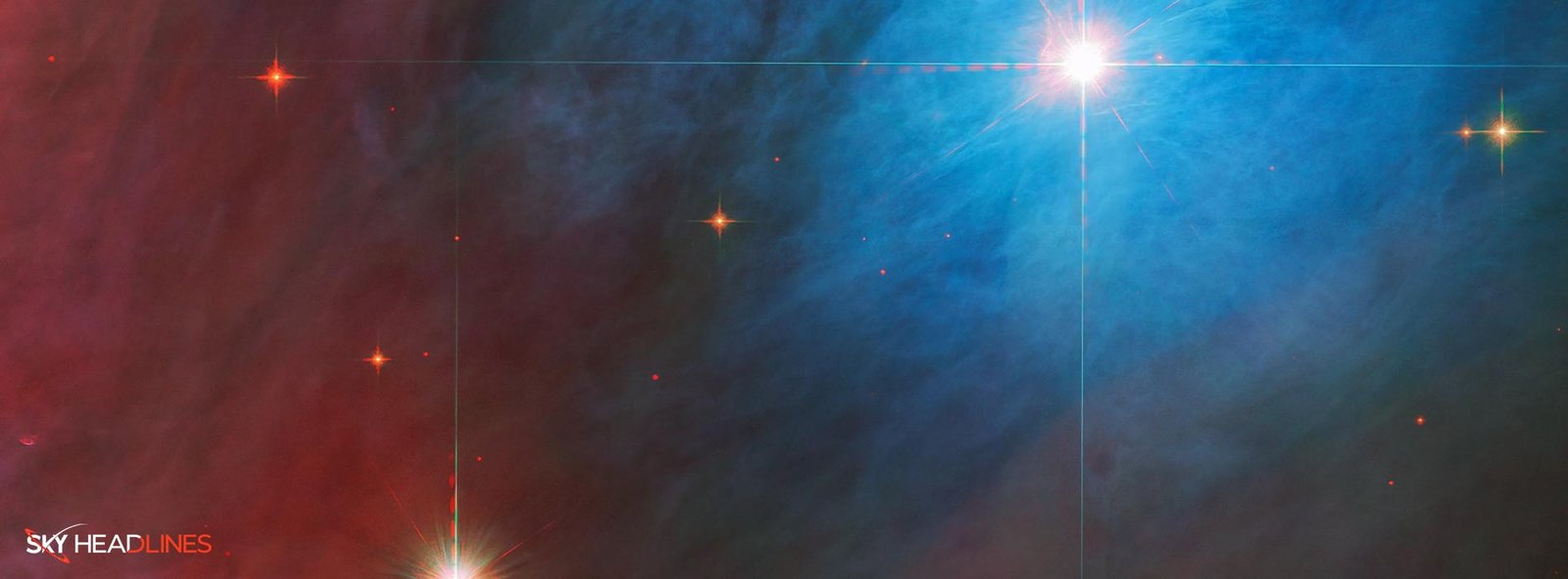NASA/ESA Hubble Space Telescope has captured an image of stars lying in the Orion Nebula. A smaller companion star is in the upper side of this image. Moreover, the luminous variable star V 372 Orionis is the point of attention in this picture. Roughly 1,450 light-years from Earth Orion Nebula is a colossal region of star formation.
What is V 372 Orionis?
V 372 Orionis or Orion Variable is a certain type of variable star. Moreover, Orion variables are young stars who experience some tempestuous moods and growing pains. These stars are visible to astronomers as irregular variations in luminosity. Just as V 372 Orionis, Orion Variables has also some connections with diffuse nebulae. The variable gas and dust of the Orion Nebula fill in this image.
Which Hubble instruments took this picture?
This image also overlays data from advanced Camera for Surveys and Wide Field Camera 3. Infrared and visible wavelengths were layered to show rich details of this corner of the Orion Nebula. In the form of diffraction spikes that surround the bright stars, Hubble left its slight signature on this astronomical portrait. When the starlight, interacts with the four vanes inside Hubble that support the telescope’s secondary mirror the four spikes around the brightest stars in this image form. Apart from that, NASA/ESA/CSA James Webb Space Telescope has six-pointed diffraction spikes. This is because of Webb’s hexagonal mirror segments and 3-legged support structure for the secondary mirror.





